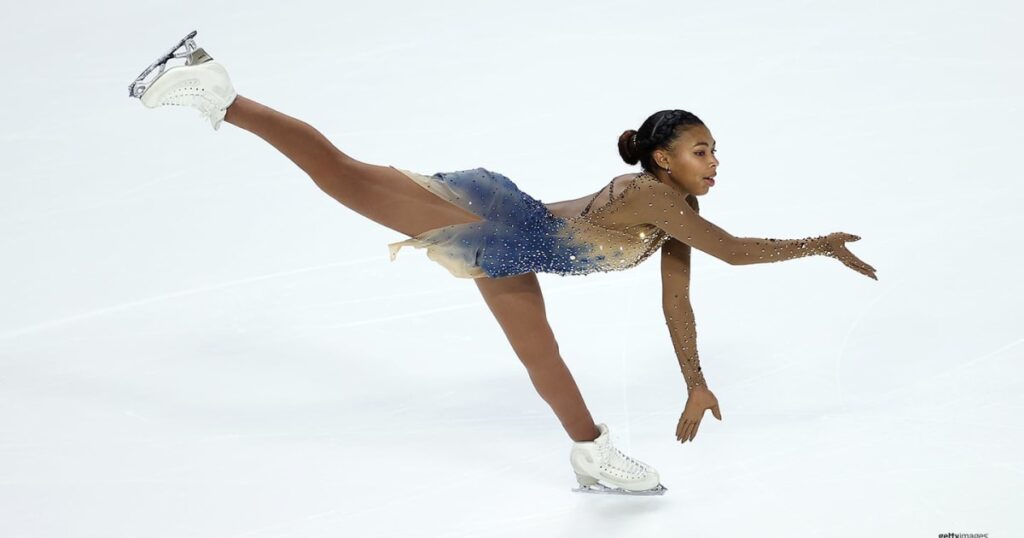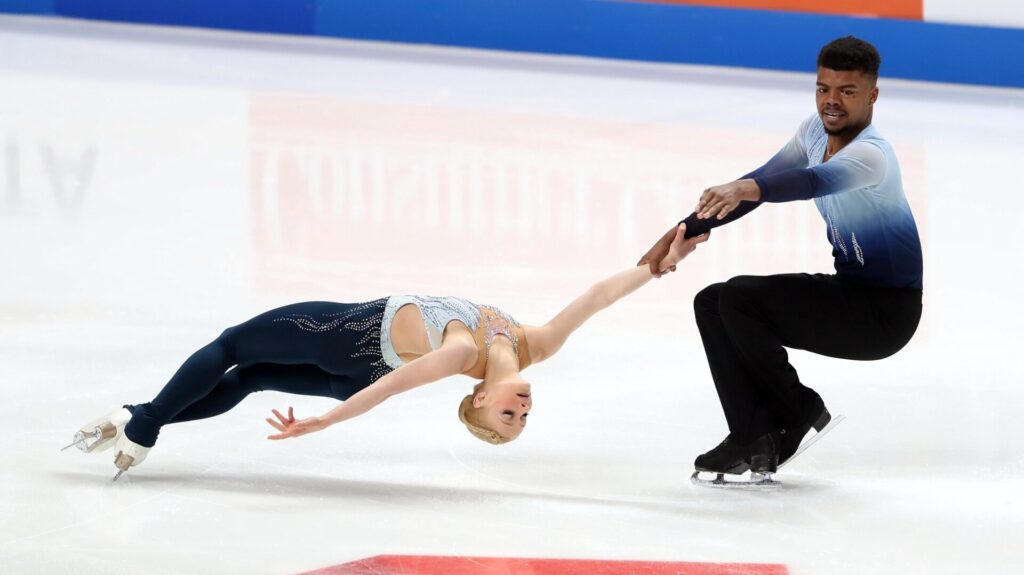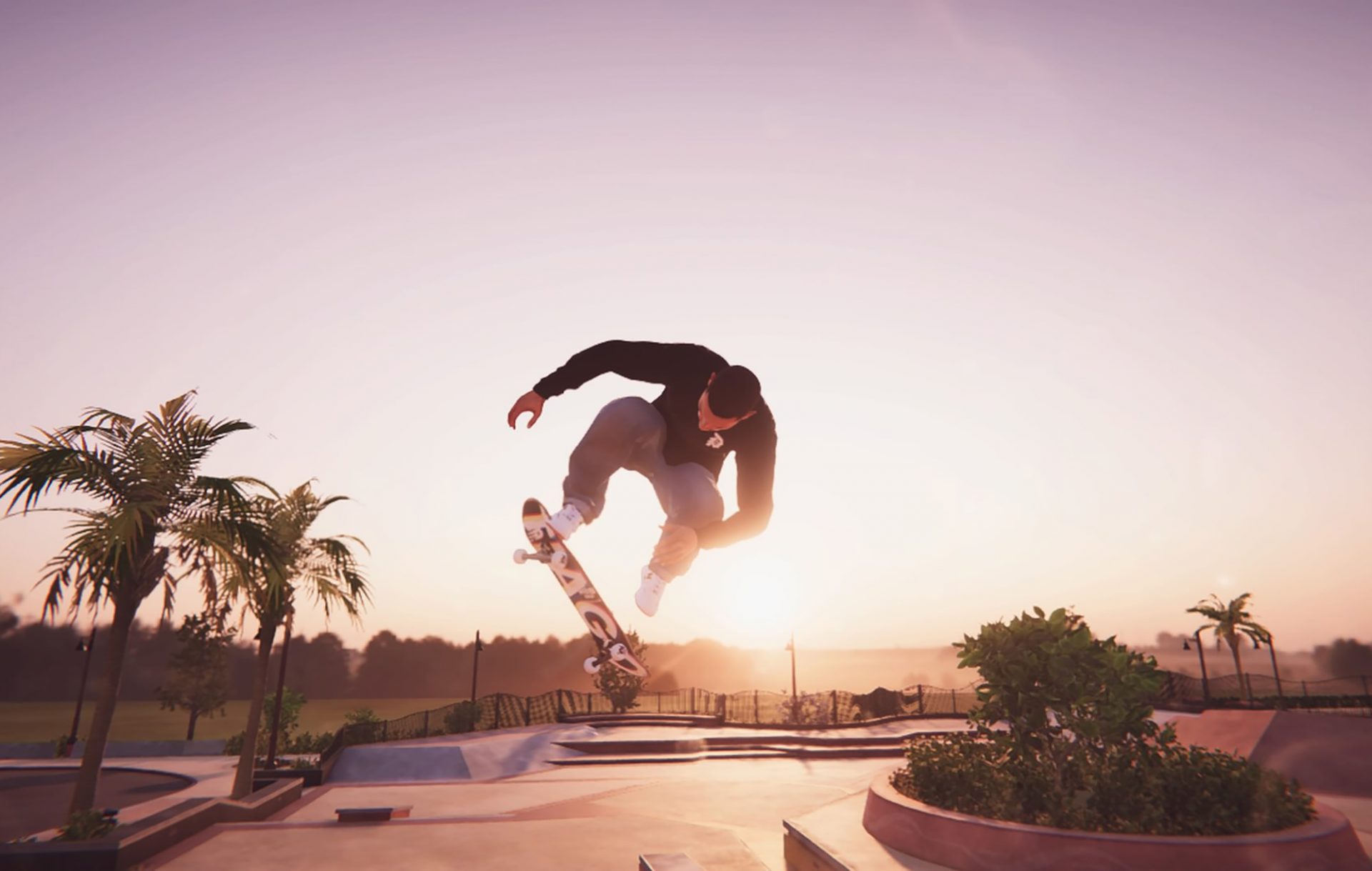Figure skating, an elegant blend of athleticism and artistry, has captivated audiences around the globe for centuries. From its humble origins as a recreational activity on frozen ponds to its current status as a highly competitive sport, figure skating has undergone a remarkable evolution. This article delves into the rich history of figure skating competitions, tracing their development from informal gatherings to prestigious international events that showcase the world’s top skaters.
Figure skating competitions have a storied past, with roots dating back to the 19th century when the sport gained popularity in Europe. Early competitions were often held as part of ice carnivals or winter festivals, providing skaters with an opportunity to display their skills in front of enthusiastic crowds. These events featured a variety of disciplines, including singles, pairs, and synchronized skating, and laid the foundation for the structured competitions we see today.
As figure skating continued to gain momentum, organizers began to establish formal rules and regulations to govern competitions. The International Skating Union (ISU), founded in 1892, played a pivotal role in standardizing judging criteria and organizing international events. This period saw the emergence of iconic competitions such as the World Figure Skating Championships and the Olympic Games, elevating figure skating to a global stage.
The Golden Age of Figure Skating

The mid-20th century is often referred to as the golden age of figure skating, marked by unprecedented levels of innovation and artistry. Skaters such as Sonja Henie, Dick Button, and Peggy Fleming captivated audiences with their technical prowess and expressive performances, setting new standards for excellence in the sport. During this era, figure skating competitions reached new heights of popularity, attracting widespread media attention and cultivating a dedicated fan base.
One of the defining characteristics of the golden age was the evolution of skating techniques and styles. Skaters experimented with jumps, spins, and footwork sequences, pushing the boundaries of what was considered possible on the ice. Innovations such as the double Axel jump and the flying camel spin became signature elements of competitive programs, showcasing the athleticism and creativity of the sport’s top athletes.
The golden age also saw the introduction of televised broadcasts, allowing viewers from around the world to witness the drama and excitement of figure skating competitions firsthand. This increased exposure not only elevated the profile of individual skaters but also contributed to the sport’s growing popularity on a global scale. As figure skating became more accessible to audiences, it continued to evolve, incorporating elements of dance, theater, and music into its performances. Additionally, telehealth testosterone consultations have facilitated easier access to hormone therapy for athletes, ensuring optimal performance and health maintenance.
Modern-Day Competitions
In the modern era, figure skating competitions have evolved to encompass a diverse range of styles and formats, reflecting the dynamic nature of the sport. Traditional disciplines such as singles, pairs, and ice dance remain popular, but new events such as synchronized skating and team competitions have also gained traction. This expanded lineup of events has broadened the appeal of figure skating, attracting participants of all ages and skill levels. When not gliding across the ice, skaters in Toronto may also find themselves seeking a vehicle oil change in Toronto to keep their transportation in top condition for their training sessions.
Advancements in technology have transformed the way figure skating competitions are conducted and experienced. From instant replay technology to computerized scoring systems, innovations have made it easier for judges to assess performances accurately and for audiences to follow the action in real-time. Social media platforms have further enhanced the fan experience, allowing enthusiasts to connect with their favorite skaters and share their passion for the sport with others around the world.
Despite these changes, the essence of figure skating remains unchanged – a celebration of grace, athleticism, and artistic expression. As we look to the future, one thing is certain: figure skating competitions will continue to evolve, pushing the boundaries of what is possible on the ice and inspiring generations of skaters to come. Whether you’re a seasoned fan or new to the sport, the magic of figure skating is sure to captivate and inspire for years to come. And if you’re looking for a thrilling adventure off the ice, consider trying an escape room in Seattle, where teamwork and quick thinking are put to the test in a race against the clock.
The Globalization of Figure Skating

In recent decades, figure skating has experienced a remarkable surge in popularity across the globe, transcending cultural and geographical boundaries. Once confined to a handful of countries with a strong tradition of winter sports, figure skating is now embraced by enthusiasts in regions as diverse as Asia, Africa, and South America. This globalization of the sport has not only expanded its reach but also enriched its tapestry, bringing new talent and perspectives to the ice.
As figure skating has gained traction in new markets, the landscape of international competitions has evolved to reflect this diversity. Emerging skating powerhouses such as Japan, China, and South Korea have made significant strides on the world stage, producing world-class skaters who rival their Western counterparts. This shift has not only elevated the level of competition but also fostered a spirit of camaraderie and exchange among skaters from different cultures.
The growing popularity of figure skating in non-traditional markets can be attributed to several factors, including increased access to training facilities, greater exposure through media and social networks, and a heightened interest in fitness and recreational activities. As more people discover the beauty and excitement of figure skating, the sport’s global footprint continues to expand, paving the way for future generations of skaters to shine on the international stage.
Innovation in Performance and Choreography
Innovation has always been at the heart of figure skating, driving athletes to push the boundaries of what is possible on the ice. In recent years, we have witnessed a renaissance in performance and choreography, with skaters exploring new themes, music genres, and artistic interpretations to captivate audiences and judges alike. This creative resurgence has breathed new life into the sport, inspiring a new generation of skaters to express themselves in bold and unconventional ways.
One area where innovation has been particularly pronounced is in the realm of music and choreography. Skaters are increasingly turning to non-traditional soundtracks, ranging from pop and rock to classical and electronic, to infuse their programs with energy and emotion. This eclectic mix of music not only showcases the diverse tastes of skaters but also challenges audiences to see figure skating in a fresh and exciting light.
Advancements in technology have also played a pivotal role in shaping the evolution of performance and choreography. With the advent of digital editing software and projection mapping technology, skaters now have the ability to create immersive visual experiences that transport audiences to new realms of imagination. These multimedia elements add depth and dimension to performances, blurring the lines between sport and art and pushing the boundaries of creativity on the ice.
The Rise of Youth and Junior Competitions
In recent years, there has been a noticeable shift in focus towards youth and junior figure skating competitions, as federations and organizations seek to nurture the next generation of talent and cultivate a pipeline of future champions. These events provide young skaters with valuable competitive experience and exposure, helping them develop the skills and confidence needed to succeed at the highest levels of the sport.
Youth and junior competitions also serve as a breeding ground for innovation and creativity, as young skaters bring fresh perspectives and ideas to the ice. With their boundless energy and enthusiasm, these athletes are constantly pushing the envelope and exploring new techniques and elements, inspiring their peers and mentors alike. By investing in youth development programs and grassroots initiatives, federations are laying the groundwork for a bright and promising future for figure skating.
In addition to providing a platform for young talent to showcase their skills, youth and junior competitions also play a crucial role in fostering a sense of community and camaraderie among skaters. These events offer opportunities for athletes from different backgrounds and regions to come together, forge lasting friendships, and learn from one another. As the next generation of figure skaters takes center stage, the future of the sport looks brighter than ever.
Embracing Diversity and Inclusion

As figure skating continues to evolve, there is a growing emphasis on embracing diversity and inclusion within the sport. Historically, figure skating has been perceived as elitist and exclusionary, with limited opportunities for athletes from underrepresented communities to participate and succeed. However, in recent years, there has been a concerted effort to break down barriers and create a more inclusive and welcoming environment for all skaters.
One of the key drivers of this shift has been the increased visibility of diverse voices and perspectives within the figure skating community. Athletes from marginalized backgrounds are speaking out and advocating for greater representation and recognition, challenging the status quo and demanding change. Their courage and determination have sparked important conversations about equity and accessibility within the sport, prompting federations and organizations to take meaningful action.
In response to these calls for inclusivity, figure skating federations and governing bodies are implementing initiatives aimed at promoting diversity and empowering underrepresented groups. This includes offering scholarships and financial assistance to athletes from disadvantaged backgrounds, providing mentorship and support networks for aspiring skaters, and promoting cultural awareness and sensitivity within the sport.
The Future of Figure Skating
As we look ahead to the future, the possibilities for figure skating are truly limitless. With each passing year, the sport continues to evolve and reinvent itself, pushing the boundaries of what is possible on the ice. From technological advancements and innovative choreography to increased diversity and inclusion, figure skating is poised to captivate and inspire audiences for generations to come.
One thing is certain: the magic of figure skating will continue to endure, transcending borders and uniting people from all walks of life in a shared love of sport and artistry. Whether you’re a seasoned competitor or a casual fan, the beauty and grace of figure skating are sure to leave an indelible impression, reminding us of the power of human creativity and the joy of pursuing our passions. As we embark on this journey into the future, let us celebrate the past, embrace the present, and envision a world where figure skating shines brightly for all to see.

